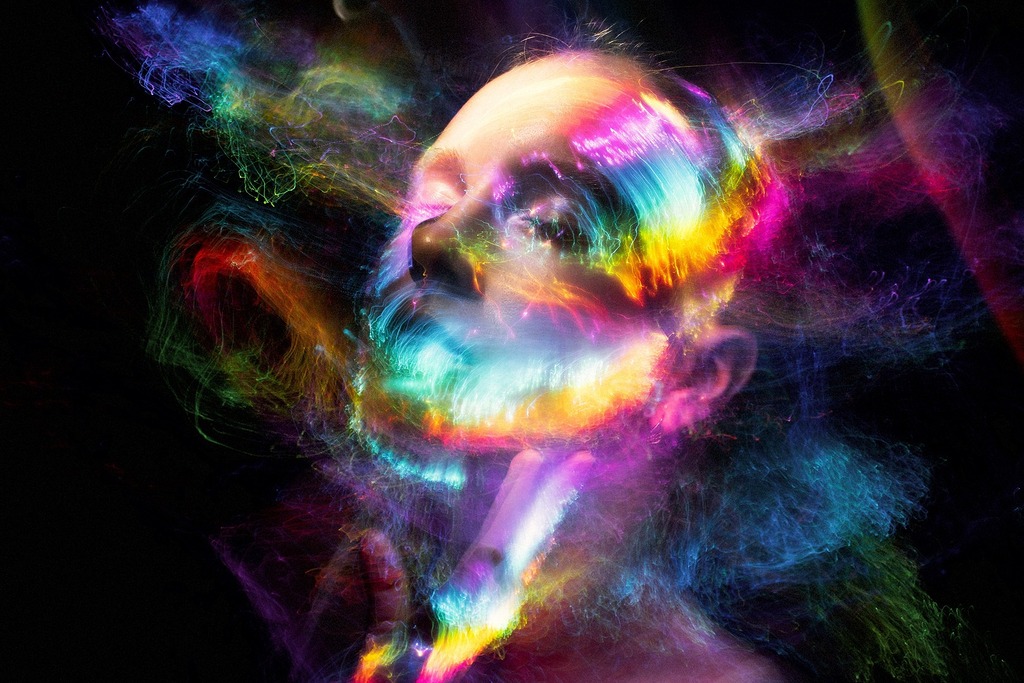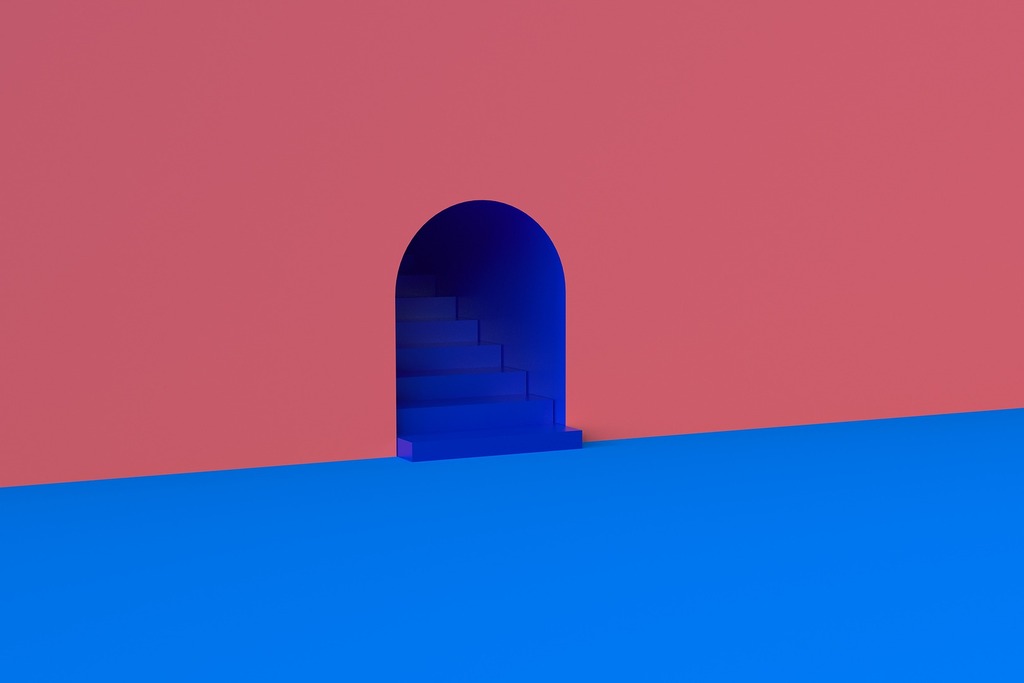“Bring Your Story to Life with Graphic Design – Unlock the Power of Storytelling!”
Introduction
Graphic design is a powerful tool for storytelling. It can be used to communicate ideas, evoke emotions, and create a lasting impression. Graphic design can be used to tell stories in a variety of ways, from creating visuals that illustrate a narrative to using typography to convey a message. Storytelling through graphic design can be an effective way to engage an audience and create a memorable experience. In this article, we will explore the benefits of storytelling through graphic design and how it can be used to create powerful visuals.
The Role of Imagery in Storytelling Through Graphic Design

Imagery can be used to create a mood or atmosphere in a design. By carefully selecting the right images, designers can create a sense of tension, excitement, or mystery. This can be used to draw the viewer in and create a connection with the story. Imagery can also be used to evoke emotion in the viewer. By using images that evoke feelings of joy, sadness, or fear, designers can create a powerful emotional response in the viewer.
Imagery can also be used to communicate a message. By carefully selecting images that represent the message, designers can create a powerful visual narrative. This can be used to communicate a message in a way that is both visually appealing and emotionally engaging.
Finally, imagery can be used to create a sense of unity in a design. By carefully selecting images that are related to each other, designers can create a cohesive visual narrative. This can be used to create a sense of continuity and flow in the design, which can help to engage the viewer and keep them interested in the story.
In conclusion, imagery is a powerful tool for storytelling through graphic design. By carefully selecting the right images, designers can create powerful stories that engage the viewer and communicate a message. Through the use of imagery, designers can create a mood or atmosphere, evoke emotion, communicate a message, and create a sense of unity in the design.
Use Color and Typography to Enhance Storytelling Through Graphic Design

Color is a powerful tool for conveying emotion and creating a mood. Different colors can evoke different feelings, such as warmth, energy, or calmness. By carefully selecting the right colors, designers can create a visual narrative that helps to tell a story. For example, a bright and vibrant color palette can be used to create a sense of energy and excitement, while a muted palette can be used to create a sense of calmness and serenity.
Typography is also an important element of graphic design. Different typefaces can evoke different feelings and create a unique visual experience. For example, a bold and modern typeface can be used to create a sense of energy and excitement, while a more traditional typeface can be used to create a sense of nostalgia and familiarity. By carefully selecting the right typefaces, designers can create a visual narrative that helps to tell a story.
By combining color and typography, designers can create a powerful visual experience that can evoke emotion and draw the viewer in. By carefully selecting the right colors and typefaces, designers can create a visual narrative that helps to tell a story. By using color and typography to enhance storytelling through graphic design, designers can create powerful visuals that can engage and captivate viewers.
The Impact of Graphic Design on Storytelling

Graphic design can be used to create a visual representation of a story. This can be done through the use of illustrations, photographs, and other visuals. These visuals can be used to create a visual narrative that helps to bring the story to life. They can also be used to create a sense of atmosphere and to draw the reader into the story.
Graphic design can also be used to emphasize certain elements of a story. This can be done through the use of color, typography, and other design elements. These elements can be used to draw attention to certain aspects of the story and to create a sense of urgency or importance.
Finally, graphic design can be used to create a unique and memorable experience for the reader. This can be done through the use of creative layouts, interesting typography, and other design elements. These elements can be used to create a unique and engaging experience for the reader that will help to keep them engaged with the story.
In conclusion, graphic design has become an increasingly important part of storytelling in recent years. It can be used to create a visual representation of a story, to emphasize certain elements, and to create a unique and memorable experience for the reader. Graphic design can be used to create a powerful and engaging experience for the reader that will help to keep them engaged with the story.
Use Graphic Design to Create an Engaging Story

The first step in creating an engaging story with graphic design is to identify the key elements of the story. This includes the characters, setting, and plot. Once these elements are established, the designer can begin to create visuals that will help to bring the story to life.
The next step is to choose the right colors and typography to convey the story. Colors can be used to evoke certain emotions and create a mood. For example, warm colors such as red and orange can be used to create a sense of excitement, while cool colors such as blue and green can be used to create a sense of calm. Typography can also be used to create a certain tone or feeling. For example, bold fonts can be used to create a sense of urgency, while more subtle fonts can be used to create a sense of mystery.
Once the visuals are created, the designer can begin to arrange them in a way that will help to tell the story. This includes choosing the right layout, composition, and hierarchy. The layout should be designed in a way that guides the viewer through the story, while the composition should be used to create a sense of balance and harmony. The hierarchy should be used to emphasize the most important elements of the story.
By combining these elements, graphic designers can create an engaging story that resonates with the audience. By using the right visuals, colors, typography, and layout, designers can create a powerful narrative that will captivate the viewer and help to convey the story in an effective way.
The Benefits of Using Graphic Design to Tell a Story

First, graphic design can be used to create a narrative. By combining images, text, and other elements, graphic designers can create a visual story that conveys a message. This can be used to create a powerful and memorable experience for the viewer.
Second, graphic design can evoke emotion. By using color, texture, and other design elements, graphic designers can create a visual experience that evokes emotion. This can be used to create a powerful connection between the viewer and the story.
Third, graphic design can communicate a message. By using visuals, graphic designers can communicate a message in a way that is both visually appealing and easy to understand. This can be used to create a powerful and effective communication tool.
Finally, graphic design can be used to create a unique experience. By combining visuals, text, and other elements, graphic designers can create a unique experience that is both visually appealing and engaging. This can be used to create a memorable experience for the viewer.
In conclusion, graphic design is a powerful tool for telling stories. It can be used to create a narrative, evoke emotion, and communicate a message. By using visuals, text, and other elements, graphic designers can create a unique experience that is both visually appealing and engaging. This can be used to create a powerful and memorable experience for the viewer.
Exploring the Power of Visual Storytelling Through Graphic Design

Graphic design can be used to create a variety of different types of visual stories. For example, it can be used to create posters, logos, and other promotional materials. It can also be used to create illustrations, infographics, and other visual aids. Graphic design can also be used to create interactive experiences, such as websites and apps.
Graphic design is a powerful tool for conveying messages and ideas in a visually engaging way. By combining images, typography, and color, graphic designers can create stories that are both visually appealing and emotionally resonant. Through the use of graphic design, stories can be told in a way that is both creative and effective.
Graphic design can be used to create a variety of different types of visual stories. From posters and logos to illustrations and infographics, graphic design can be used to create a wide range of visual stories. By combining images, typography, and color, graphic designers can create stories that are both visually appealing and emotionally resonant.
Graphic design is a powerful tool for conveying messages and ideas in a visually engaging way. Through the use of graphic design, stories can be told in a way that is both creative and effective. By exploring the power of visual storytelling through graphic design, designers can create stories that are both visually appealing and emotionally resonant.
Graphic Design Can Enhance Storytelling

Graphic design can be used to create a visual narrative that is both engaging and informative. Through the use of typography, color, and imagery, graphic designers can create a visual language that conveys the story’s message in a way that words alone cannot. By using visual elements to create a narrative, graphic designers can help to bring a story to life and make it more memorable.
Graphic design can also be used to create a sense of atmosphere and emotion. Through the use of color, texture, and composition, graphic designers can create a visual environment that conveys the mood and tone of a story. By using visual elements to create a sense of atmosphere, graphic designers can help to draw readers and viewers into the story and make it more engaging.
Graphic design can also be used to create a sense of continuity and flow. By using visual elements to create a visual narrative, graphic designers can help to create a sense of cohesion and flow throughout the story. This can help to keep readers and viewers engaged and make the story more enjoyable.
Graphic design can be a powerful tool for storytelling. By using visual elements to create a visual narrative, graphic designers can help to bring a story to life and make it more engaging and memorable. Through the use of typography, color, and imagery, graphic designers can create a visual language that conveys the story’s message in a powerful and memorable way.
Conclusion
The Benefits of Storytelling Through Graphic Design are vast and varied. It can be used to create powerful visuals that evoke emotion, communicate complex ideas, and engage audiences. Graphic design can be used to create a narrative that is both visually appealing and emotionally engaging. It can also be used to create a unique and memorable brand identity. Storytelling through graphic design is an effective way to communicate a message and create a lasting impression.





No Comments